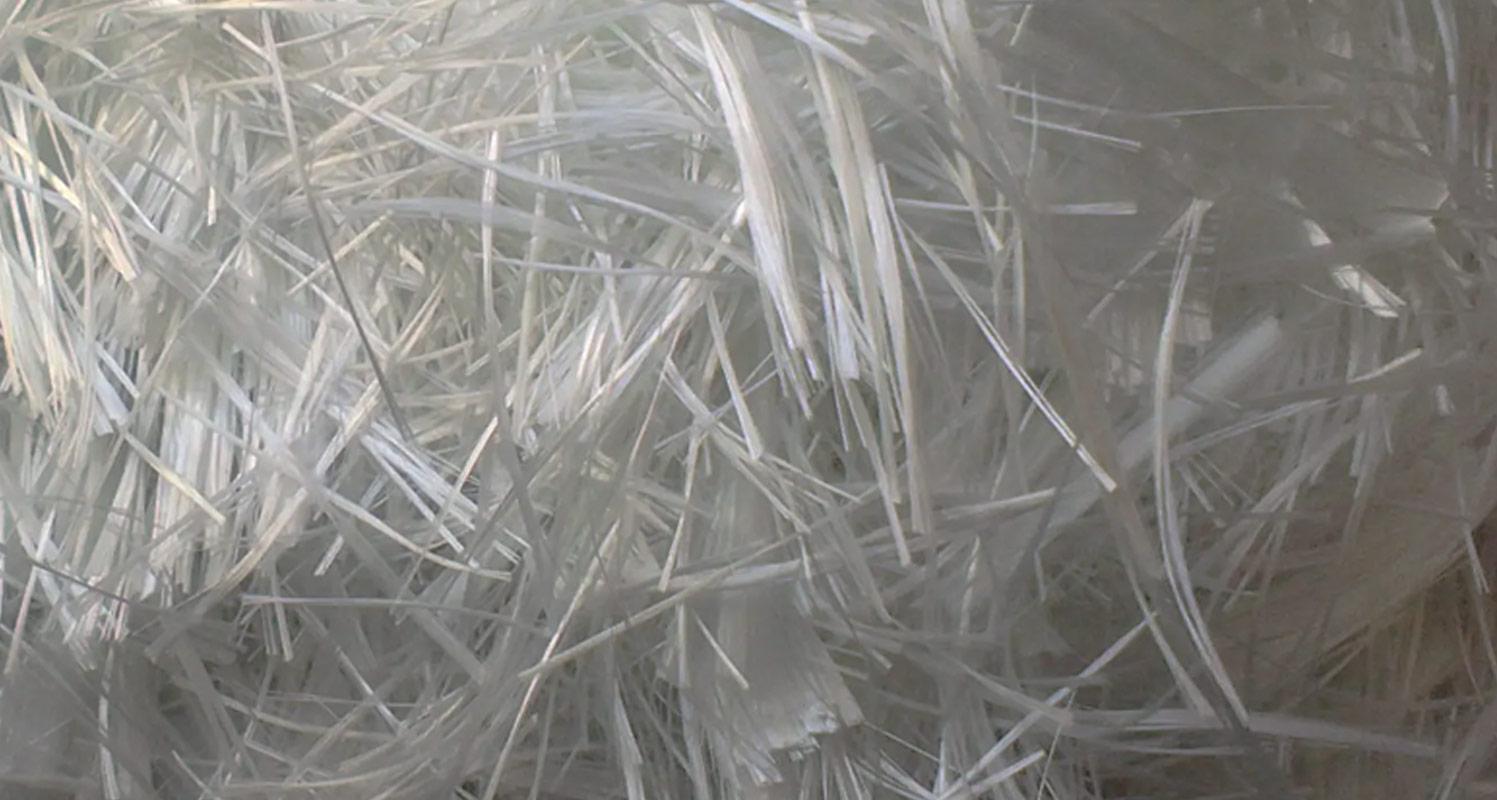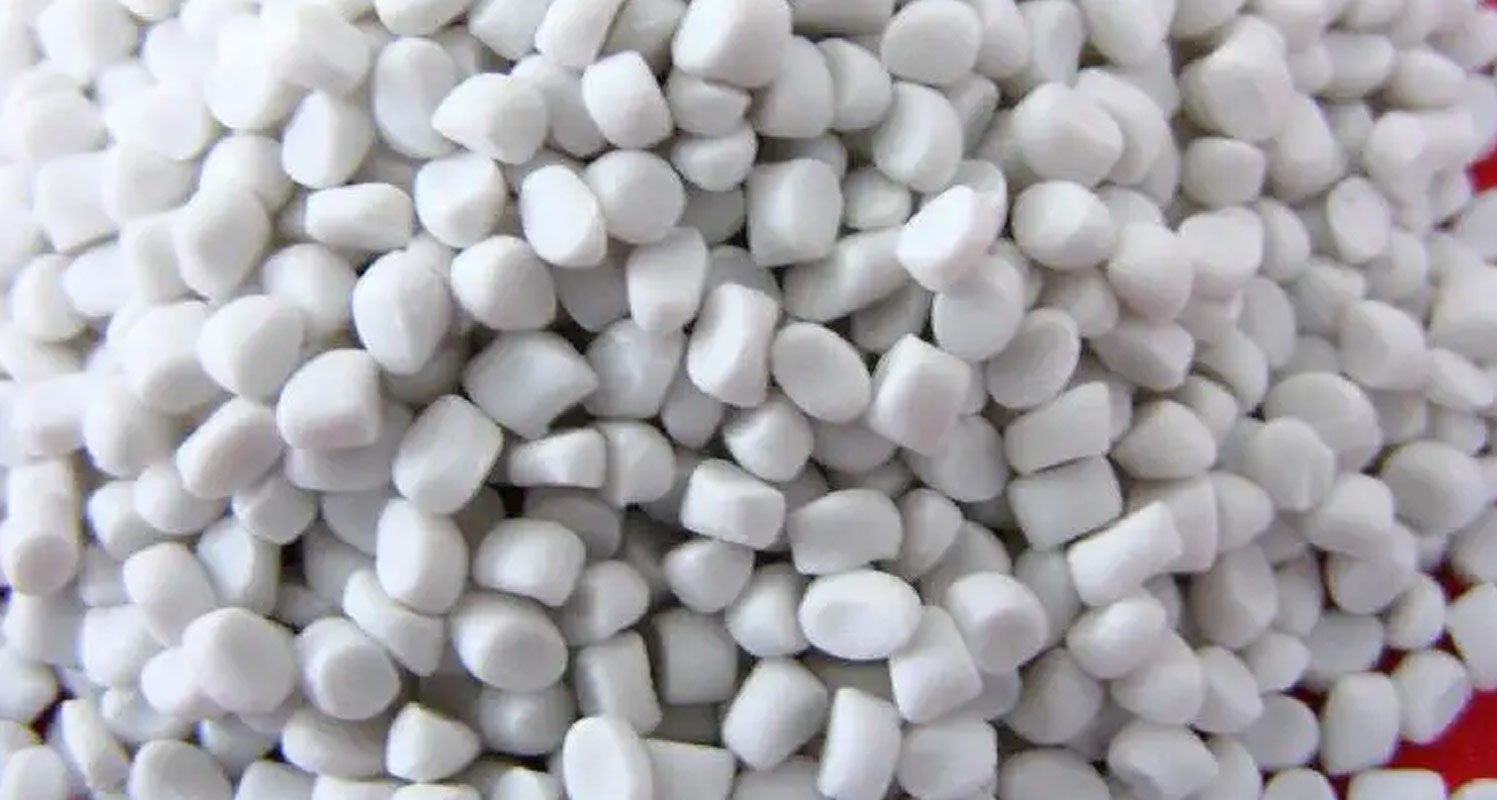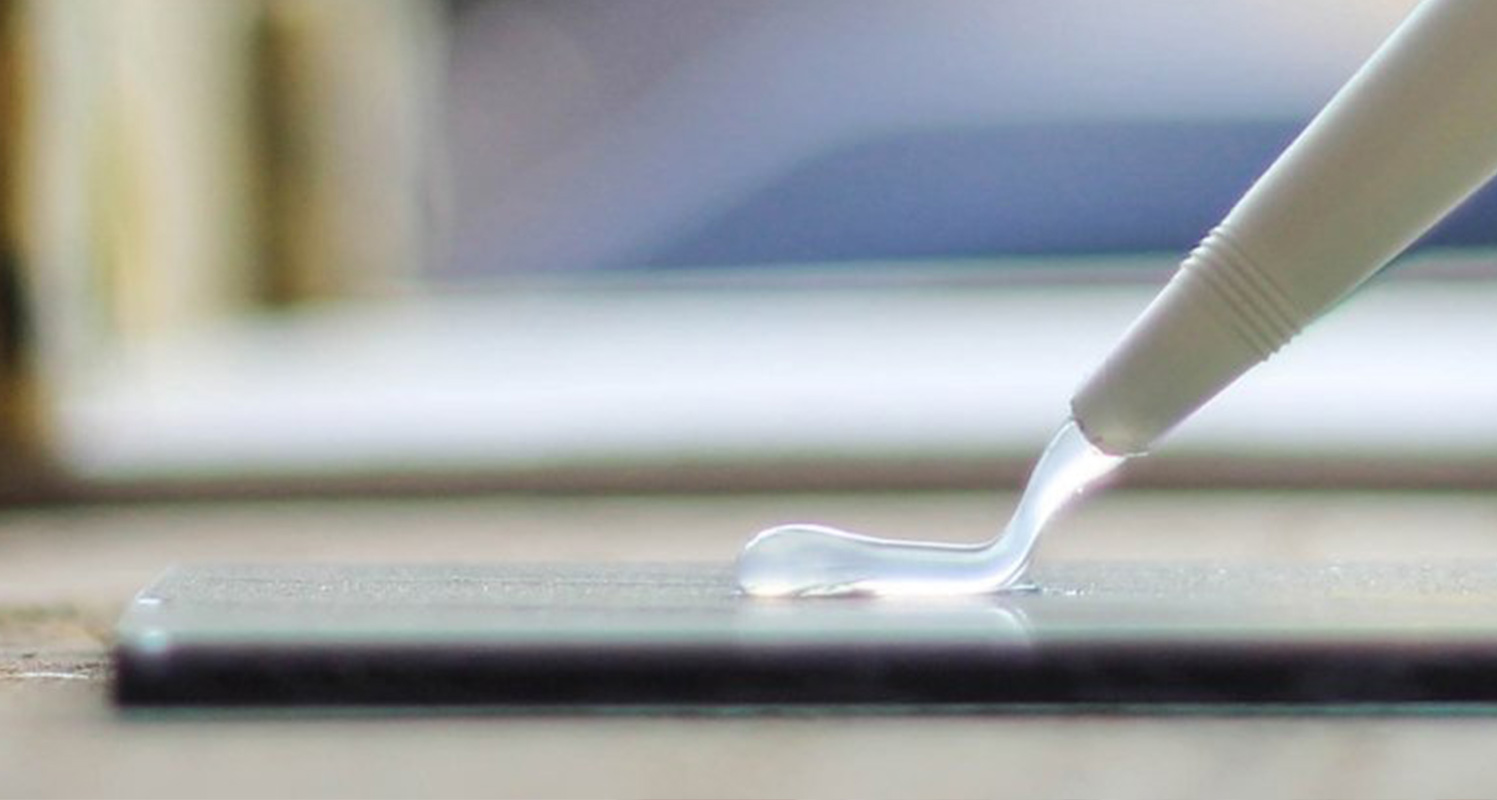 Whatsapp us
Whatsapp us
Silane coupling agent is an important and widely used treatment agent, mainly used as an auxiliary agent for polymer composite materials. Let us understand the common sense and application scope of coupling agents.
Silane coupling agent the molecular structure of the coupling agent is that there are two groups in the molecule with different chemical properties, one is a group friendly to inorganic substances, and it is easy to chemically react with the surface of inorganic substances. Another is organic friendly groups. A group that can chemically react to hydrogen bond with and dissolve in synthetic resins or other polymers. Therefore, coupling agents are called "molecular bridges", which are used to improve the interface between inorganic and organic substances, thereby greatly improving the physical properties, electrical properties, thermal properties, optical properties and other properties of composite materials.
Silane coupling agent was originally used as a surface treatment agent for glass fiber in FRP, and later it was widely used in rubber, plastic, paint, ink, adhesive, wire and cable, resin sand casting, abrasive, glass fiber reinforced plastic, artificial quartz stone, etc. for textiles. Come on, it's an excellent silane treatment fluid. There are many types of coupling agents, mainly silane coupling agents, titanate coupling agents, aluminate coupling agents, bimetallic coupling agents, phosphate coupling agents, borate coupling agents, and chromium complexing agents. agent, etc. Silane coupling agent application scenarios
The application of silane coupling agent can be roughly divided into three aspects:
(01) Surface treatment
It can improve the bonding performance of glass fiber and resin, and greatly improve the strength, electricity, water resistance, weather resistance and other properties of glass fiber reinforced composite materials. Improves the mechanical properties of composites even in the wet state. The effect is also remarkable. The use of silane coupling agents in glass fibers is fairly common. The silane coupling agent used in this aspect accounts for about 50% of the total. Among them, the most used varieties are vinyl silane, amino silane, methyl silane, acryloxy silane and so on.

(02) Filled plastic
Fillers can be pretreated or added directly to the resin. It can improve the dispersion and adhesion of fillers in resins, improve the compatibility of inorganic fillers with resins, improve process performance, and improve the mechanical, electrical and weather resistance of filled plastics (including rubber).

(03) Used as a tackifier for sealants, adhesives and coatings
It can improve its adhesive strength, water resistance, weather resistance and other properties. Silane coupling agents can often solve the problem that some materials cannot be bonded for a long time. The principle of silane coupling agent as a tackifier is that it has two groups; one group can be combined with the skeleton material to be bonded; the other group can be combined with polymer materials or adhesives to form a strong chemical bond, which greatly Improve bond strength. There are generally three methods for the application of silane coupling agents: one is as a surface treatment agent for skeleton materials; the other is as a surface treatment agent for skeleton materials. The other is a surface treatment agent as a skeleton material. The second is to add it to the adhesive, and the third is to directly add it to the polymer material. From the perspective of fully exploiting its effectiveness and reducing costs, the first two methods work better.
